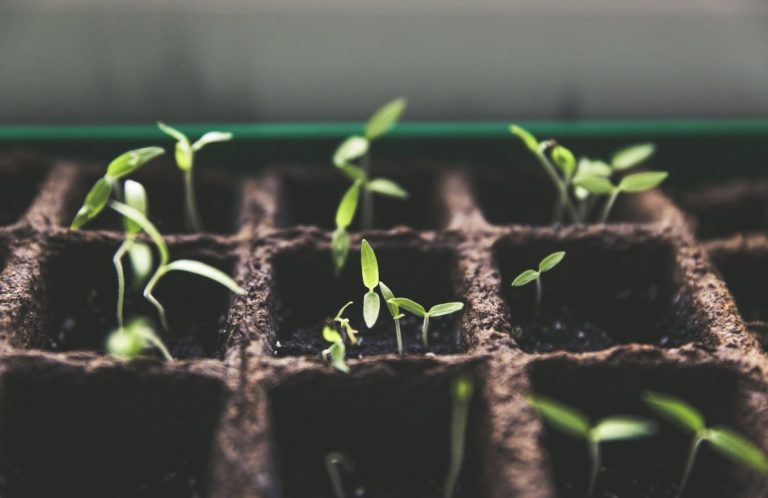Preparing your vegetable tunnels for the winter is essential to protect your crops from harsh weather conditions and ensure a successful growing season in the following spring. Proper winter preparation involves a combination of cleaning, insulating, and strategic planning to safeguard your plants. Here are key steps to prepare your veggie tunnels for the winter:
Story Stages
1) Harvest Remaining Crops:
Before winter sets in, harvest any remaining crops from your vegetable tunnels. This not only allows you to enjoy the last of your fresh produce but also prevents overwintering pests and diseases. Remove any plant debris to create a clean starting point for winter preparations.
2) Clean and Sanitize:
Thoroughly clean and sanitize the interior of the tunnels. Remove all plant residues, weeds, and debris to minimize the risk of pests and diseases overwintering. Sanitizing the structure helps create a healthier environment for your plants and reduces the likelihood of issues in the next growing season.
3) Inspect and Repair:
Conduct a detailed inspection of the tunnels for any damage or wear and tear. Check the structural integrity of the frame, ensuring that it can withstand winter conditions. Repair any tears or holes in the cover material to maintain an effective barrier against the cold.
4) Provide Adequate Ventilation:
While it’s essential to seal off the tunnels to retain heat, adequate ventilation is still crucial to prevent condensation and disease. Consider installing vents or propping up the sides of the tunnel on milder days to allow fresh air circulation. Proper ventilation helps regulate temperature and humidity levels inside the tunnel.
5) Apply Insulating Materials:
Enhance insulation within the tunnels to protect plants from freezing temperatures. Utilize materials such as row covers, frost blankets, or bubble wrap to create an additional layer of insulation. Place these materials over your crops, particularly during extremely cold nights, to retain heat and prevent frost damage.
6) Mulch Around Plants:
Apply a layer of mulch around the base of your plants to insulate the soil. Mulching helps regulate soil temperature, prevents frost heaving, and provides additional protection for the plant roots. Use straw, leaves, or other organic mulch materials for effective insulation.
7) Watering and Soil Management:
Adjust your watering practices as winter approaches. Reduce the frequency of watering, as plants require less moisture during dormancy. Also, get your sprinkler system ready for Winter. Ensure the soil is well-drained to prevent waterlogged conditions that can lead to root rot. Proper soil management contributes to the overall health of your plants during the winter months.
8) Install Cold Frames or Hoop Houses:
For added protection, consider installing cold frames or hoop houses within the tunnels. These structures provide an extra layer of insulation and shelter for delicate plants. Cold frames can be particularly useful for extending the growing season and protecting crops from the harshest winter conditions.
9) Keep Pests at Bay:
Implement measures to deter pests that may take refuge in your tunnels during the winter. Clear away hiding spots, such as debris and weeds, and consider using natural pest deterrents. This proactive approach helps prevent pest-related issues when the growing season resumes.
By following these steps, you can effectively prepare your veggie tunnels for the winter, protecting your crops and setting the stage for a successful growing season when spring arrives. Proactive planning and maintenance contribute to the resilience of your garden, ensuring a bountiful harvest in the months to come.
